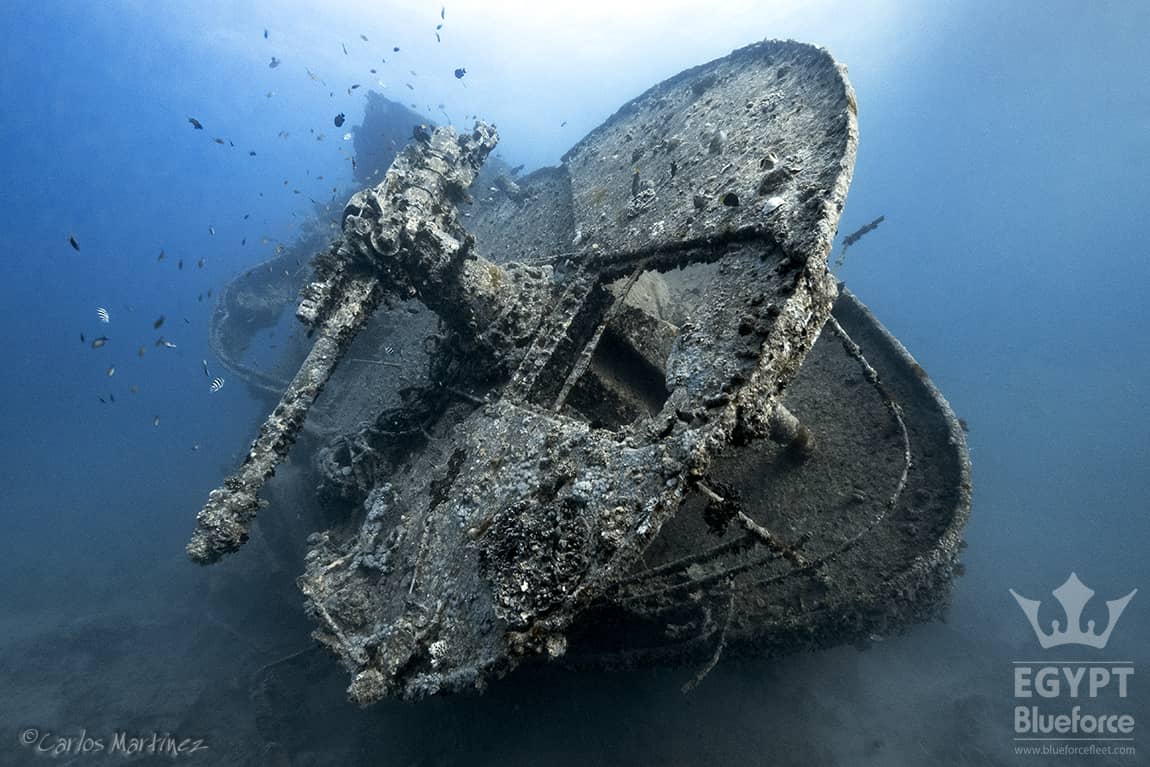SS Thistlegorm,
the best-preserved shipwreck in history
The remains of the Thistlegorm wreck have become a place of pilgrimage for all divers in the world. Shipwreck lovers from all over the world can’t help but travel to the Egyptian Red Sea again and again to visit this submerged wonder.
A series of wonderful coincidences and circumstances turned its remains into a perfect place for any type of diver. This is why the Thistlegorm is, today, one of the best wrecks for recreational diving worldwide.
The Thistlegorm wreck, a bit of history:
During World War II, Axis troops occupied the Mediterranean. German U-boats awaited convoys of supply ships at the entrance to the Straits of Gibraltar and planes patrolled from the southern Italian islands looking for prey to attack. The only safe way to resupply Allied troops in North Africa was to go around the African continent and enter the Red Sea.
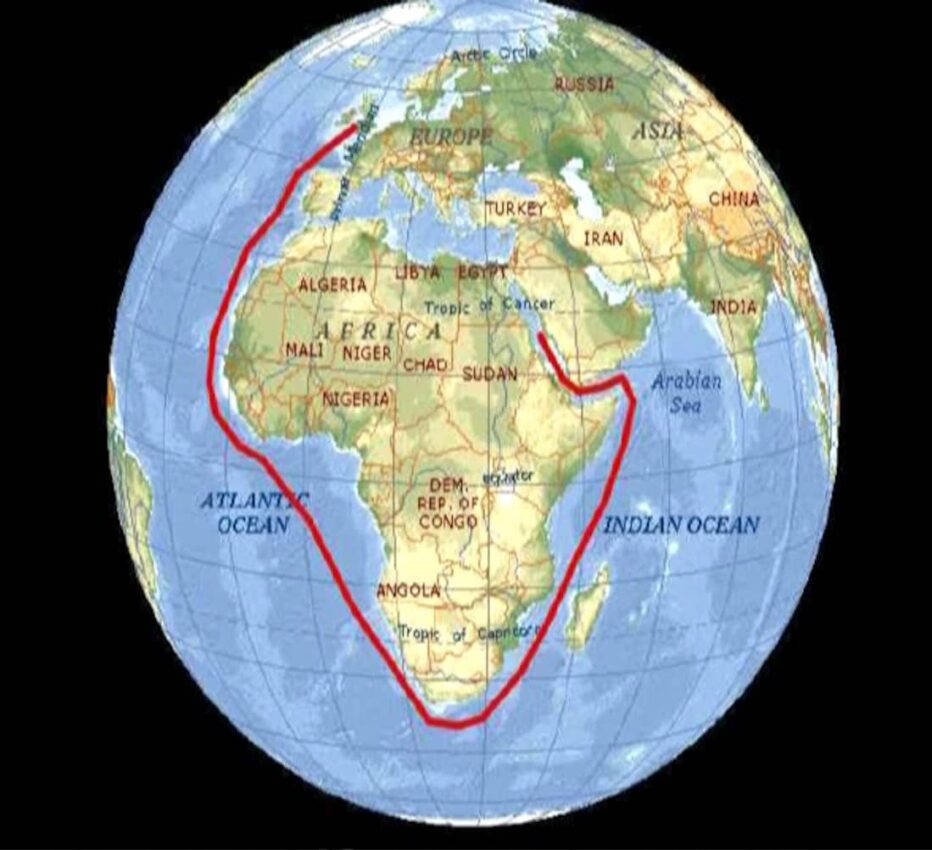
Both the supply of material and that of troops were carried out using this alternative route.
The SS Thistlegorm leaves the port of Glasgow on June 2, 1941, in the direction of Alexandria, and after several weeks of a long journey, she manages to reach the Egyptian waters of the Red Sea safe and sound.
But not everything was going to be a bed of roses for our protagonist… another allied ship traveling the same route had collided, a few days before, with a submerged mine at the entrance to the Suez Canal, preventing the passage of the other convoys.
The Captain of the SS Thistlegorm, William Ellis, is ordered to anchor his ship in one of the safe zones established for this type of situation at the Egyptian Red Sea, the safe zone in the lagoon of Shaab Ali, in front of the Sinai Peninsula.
Built-in North East England in 1940 and sunk by German bomber aircraft in the Red Sea in 1941
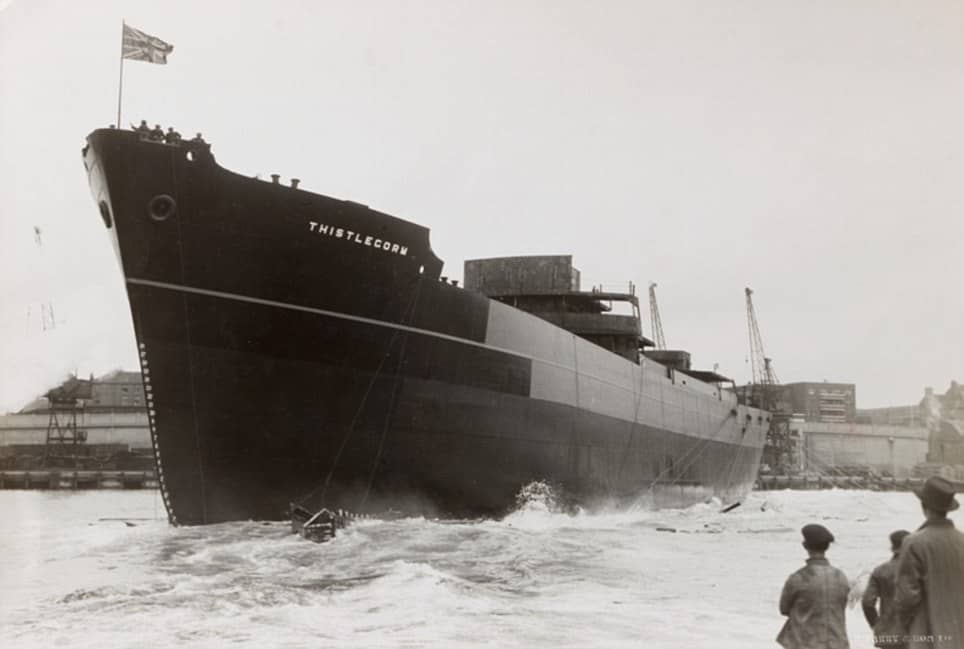
A stroke of bad luck:
Meanwhile, the Germans had not ceased in their efforts to cut off enemy supply. His spies had reported that the largest cruiser in the British fleet, the Queen Mary, was headed with thousands of soldiers to North Africa, following the same route as the SS Thistlegorm. A great trophy for any of the German pilots eager for recognition and honors for which they had decided to lighten their planes, load fewer bombs and more fuel, and thus extend the range of their patrols.
On the night of October 6, 1941, 2 Heinkel He 111 bombers on patrol in the area looking for the Queen Mary, spotted the lights of a ship and decided to drop their bombs, one of them entering the ammunition hold of the Thistlegorm and sinking it in a few minutes together with 9 of his crew.
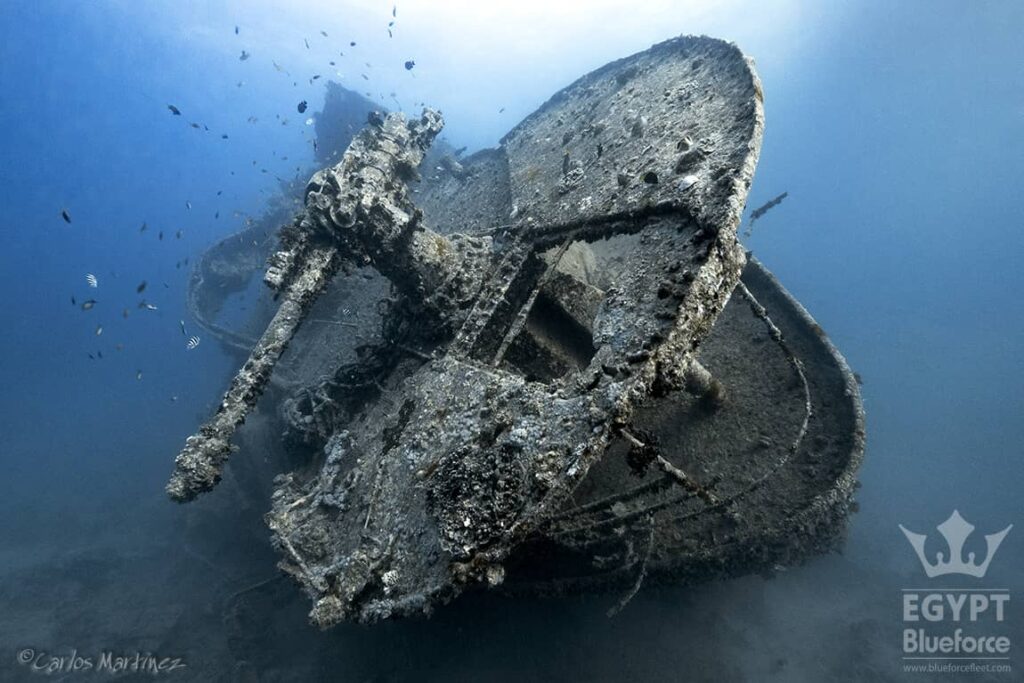
Shipwrecks attract divers and it is probably due to the mystery behind the sinking of an artifact that was made to float and navigate. If we add a tragedy and some historical problems, it has all the ingredients to become a good dive site that will attract many divers.
The SS Thistlegorm dive site:
After almost 10 years of resting under the sea, an expedition led by Commander Jacques Cousteau investigated the wreck, after interviewing some fishermen in the area, and obtained the approximate position of the sinking site.
Today, the SS Thistlegorm dive site is so popular that you cannot say that you have been to the northern Red Sea and not dived on it. The Blue Force fleet has many cruise routes in the area that include a visit to the wreck.
The boat is 32 m deep on a sandy bottom near the reef. The shallowest parts of the wreck are between 16 and 18 m deep. The dive is not difficult, but it should not be considered a beginner’s site, because some of the most iconic and interesting sections of the wreck are below deck, in the holds, which means diving under the roof. The still recognizable motorcycles and trucks are some of the most impressive sights on this site. We have seen many images of them but seeing them in person is unforgettable. Life on the wreck is abundant with many lionfish filling the shaded parts of the wreck. Large crocodile fish are easily seen on deck. Visibility is good depending on the season, ranging between 18 and 30 m.
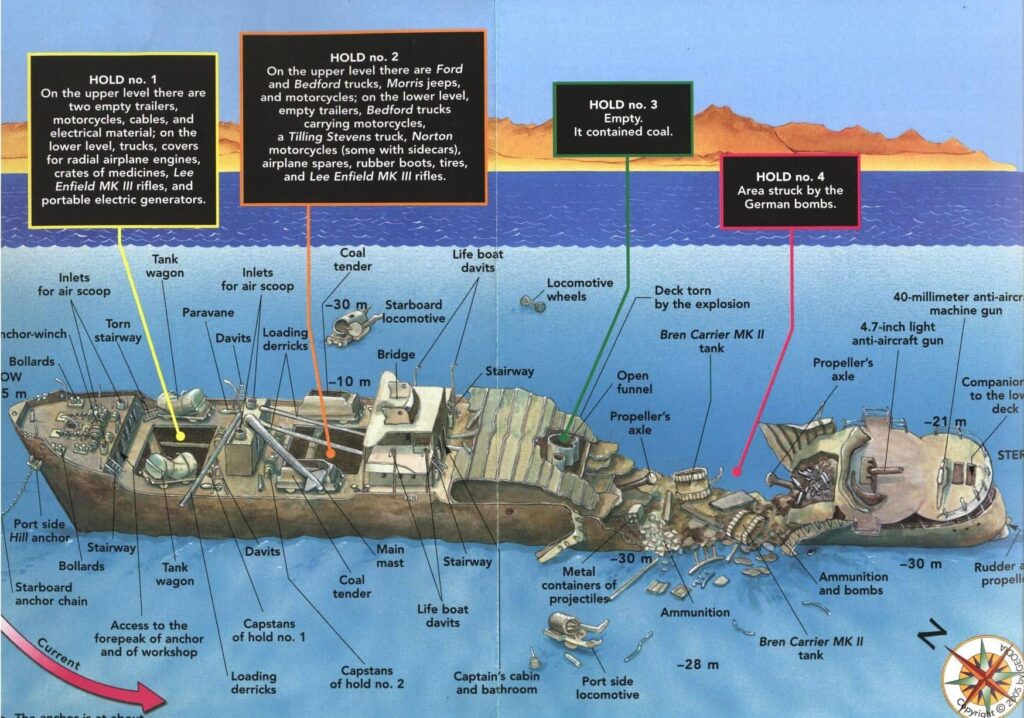
The cargo, a submerged museum:
The ease of access to its holds, the possibility of going from one to another while observing its content and its variety have turned this shipwreck into a submerged museum about the Second World War.
When you go down to the ship and see it from the outside you can see the crew cannons, a locomotive, the destruction of the bombs, and the Bren Gun Carrier tanks supporting the infantry, they are belly up showing their chains. From there we can begin to introduce ourselves between the lines of trucks and motorcycles and reach the warehouse of rifles and aircraft parts such as wings that are still preserved. In warehouse number two we will find more trucks and see BSA M20 motorcycles assigned to Field Marshal Auchinleck, who was in charge of the British troops fighting Rommel. The G3L was designed specifically to be used in the desert and the Norton 16H.
We can also see Bedford MW and OY trucks, built for supplying troops. The Morris Commercial CS8 for artillery transport, the large Ford WOT 2 and 3, and the Tilling Stevens TS19.
When and how to dive the SS Thistlegorm wreck?
For more than 25 years, all our routes in the Sinai area spend a day diving into the SS Thistlegorm wreck. Normally you arrive in the afternoon when the rest of the boats return to the port and take the opportunity to dive at sunset and another at night.
The next morning we dive again to explore the ship again so that no area is left unvisited.
From March to January you can dive into this place, just check the availability of the routes on our website.
